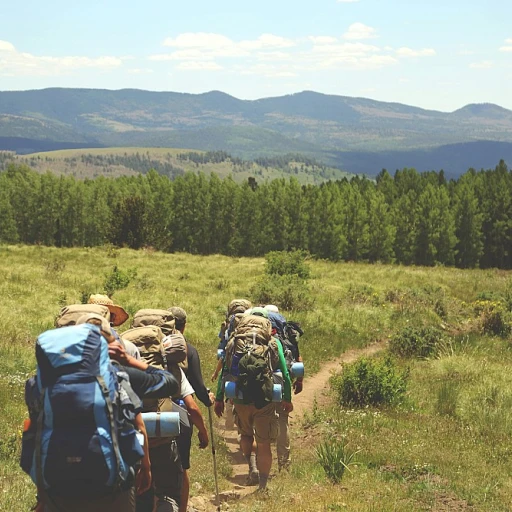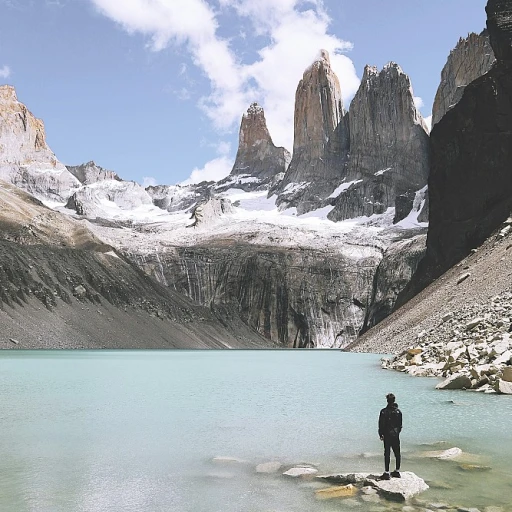
Everest base camp trek
Best treks in Nepal: a comprehensive guide to the top trails
Journey to Everest base camp: an adventure of a lifetime
Ever dreamt of standing at the foot of the world's highest mountain? The Everest Base Camp trek is a bucket-list adventure. Every year, about 35,000 trekkers embark on this epic journey. The hike begins in the bustling city of Kathmandu, where you make your way to the airport for a flight to Lukla, often dubbed one of the most thrilling airport landings in the world.
Over 12-14 days, you'll traverse various terrain, ranging from lush forests to barren landscapes, crossing numerous suspension bridges and passing through charming Sherpa villages. The Everest region is part of the Sagarmatha National Park, a UNESCO World Heritage site, home not just to Mount Everest, but other towering peaks like Lhotse and Nuptse.
Trekkers need to be prepared for altitude sickness, as you will be climbing to a maximum elevation of 5,364 meters (17,598 feet). This trek isn't for the faint-hearted, and the difficulty is considered moderate to challenging. But the rewards—witnessing the sunrise over the Himalayas at Kala Patthar, and the sense of accomplishment—are unparalleled.
Explore the Annapurna Circuit: a classic trail
The Annapurna Circuit trek is often hailed as one of the best long-distance treks in the world. This trail offers rich cultural experiences, stunning landscapes, and varied terrain. Starting in the lush green valleys, the trek ascends to the arid highlands near the Tibetan plateau. The duration of this trek is usually 15-20 days, covering approximately 160-230 kilometers (100-145 miles), depending on the exact route you take.
Notable highlights of the Annapurna Circuit include crossing the Thorong La pass at a max elevation of 5,416 meters (17,769 feet), one of the highest trekking passes in the world. Trekkers also have the chance to visit the pilgrimage town of Muktinath and the delightful village of Manang, which offers awe-inspiring views of Annapurna II and Gangapurna.
This trek is classified as moderate in terms of difficulty, although the higher elevations can present challenges, especially concerning acclimatization. Nonetheless, the trail is well-established, with various teahouses along the way providing shelter, food, and a glimpse into local life.
Trekking the Manaslu Circuit: a hidden gem
The Manaslu Circuit trek remains lesser-known compared to its famous counterparts, making it a perfect choice for those seeking tranquility and unspoiled trails. This trek circumnavigates Mount Manaslu, the eighth highest mountain in the world, and typically takes 14-18 days to complete.
The trail offers a mix of trekking difficulty levels, ranging from moderate to challenging, with a maximum elevation of 5,106 meters (16,752 feet) at the Larkya La pass. The diverse landscapes, which transition from subtropical forests to alpine meadows, and the rich Tibetan-influenced culture make this trek truly unique.
One of the prime attractions of the Manaslu Circuit is the Budi Gandaki River, whose valley you follow for a significant part of the trek. Despite being a quieter trail, the number of trekkers is increasing, so make sure to book your permits and accommodations in advance.
Annapurna circuit trek
Annapurna circuit trek: a journey through diverse landscapes
The Annapurna Circuit Trek is one of the most celebrated trekking routes in Nepal. Encompassing an impressive array of terrains, trekkers traverse jungles, the high desert, and even remote villages filled with rich culture and tradition. Starting from less than 1,000 meters, the trail ascends to the Thorung La Pass at a staggering 5,416 meters, making it ideal for those looking to experience both variety and challenge.
Fact: According to a report by Nepal Hiking Team, around 25,000 trekkers embark on the Annapurna Circuit Trek annually, making it one of the most popular trails in Nepal.
One key attraction of this trek is the diverse climatic conditions experienced along the way. From tropical to alpine climates, trekkers can expect to see a myriad of environments, each with its own unique flora and fauna.
Expert Insight: 'The Annapurna Circuit offers unparalleled scenery, including panoramic views of mountains such as Annapurna and Dhaulagiri. The cultural experience is equally enriching, given the numerous Gurung and Thakali villages one passes through,' says trekking expert Nima Lama.
With a typical duration of 15 to 20 days, this trek can vary in difficulty from moderate to challenging, making it suitable for a broad range of trekkers.
Manaslu circuit trek: a remote adventure
Often touted as a less crowded alternative to the Annapurna Circuit, the Manaslu Circuit Trek offers a remote trekking experience through pristine landscapes. Stretching for about 177 kilometers, the trek circles Mount Manaslu, the eighth-highest mountain in the world at 8,163 meters.
Fact: A 2018 study published in the Hindawi journal indicated that the trek sees fewer than 2,000 visitors per year, making it an excellent choice for adventurers seeking solitude.
The trek is known for its challenging trails and high passes, such as the Larkya La Pass at 5,135 meters. Hikers will be rewarded with striking views of the Manaslu range and lush valleys filled with rhododendrons and bamboo forests.
Case Study: A group of climbers from the UK reported that their 18-day trek around the Manaslu Circuit was 'both rigorous and rewarding, offering a glimpse into cultures and terrains untouched by mass tourism.'
Gokyo lakes trek: a turquoise paradise
The Gokyo Lakes Trek is a gem for those enthralled by alpine scenery and tranquil lakes. This trek leads to a series of six glacial lakes, Gokyo Lakes, which are the highest freshwater lakes in the world, situated at an altitude of around 4,700–5,000 meters.
Fact: The Trekking Agencies' Association of Nepal (TAAN) reports that Gokyo Lakes Trek is one of the most scenic treks, attracting nature lovers from all over the globe.
The trek is moderately difficult and takes around 12 to 14 days to complete. Key highlights include breathtaking views of Cho Oyu, Everest, and other Himalayan peaks, and the chance to ascend Gokyo Ri (5,357 meters) for a panoramic vista of the surrounding mountains.
Quote: 'Reaching the top of Gokyo Ri at sunrise is a view that one cannot easily forget. It's as if you are on top of the world, with the stunning landscape stretching out before you,' says seasoned trekker Sarah Brown.
The Gokyo Lakes offer crystal-clear, turquoise waters that create a captivating contrast against the rugged mountain backdrop, making this trek a photographer's paradise.
Upper mustang trek: land beyond the mountains
Upper Mustang, often referred to as the 'Last Forbidden Kingdom,' offers a trek through a barren, desert-like landscape that's rich with ancient Tibetan culture. Located in the rain shadow of the Dhaulagiri massif, the region is characterized by stark cliffs, desolate landscapes, and ancient monasteries.
Fact: As reported by the Explore Himalaya, only 1,000 foreign tourists are allowed to visit Upper Mustang annually, preserving its cultural and natural integrity.
The trek usually spans around 12 to 14 days and starts from Jomsom, passing through traditional Tibetan villages, ancient caves, and the walled city of Lo Manthang. This trek offers a unique view into an isolated culture and landscape that few have the privilege to witness.
Expert Insight: 'Upper Mustang is a stark contrast to the lush green trails of other treks. Its arid, surreal landscape combined with the rich history of Lo Manthang makes it an unforgettable experience,' says Dr. Pemba Sherpa, a renowned anthropologist specializing in Himalayan cultures.
Though the physical demands are moderate, the logistical challenges and isolation mean that this trek is best suited for seasoned trekkers.
Poon hill trek: easily accessible adventure
Poon Hill Trek is one of the most accessible treks in Nepal, perfect for those looking for a shorter adventure. The trek offers magnificent sunrise views over some of the highest peaks in the world, including Annapurna and Dhaulagiri.
This trek, typically completed in 4 to 5 days, is considered easy to moderate in difficulty, making it suitable for beginners and families. The trail passes through rhododendron forests and charming Gurung villages, providing a harmonious blend of cultural and natural experiences.
Fact: According to a Ghorepani Trek report, over 20,000 trekkers visit Poon Hill annually to capture the best sunrise views in the region.
One of the highlights is the early morning hike to Poon Hill (3,210 meters), where trekkers are treated to a mesmerizing panorama of fiery orange and pink hues lighting up the Himalayan peaks.
Quote: 'Seeing the first light touch the peaks of Annapurna and Dhaulagiri from Poon Hill is a moment of pure magic,' says local guide and mountaineer Tenzing Sherpa.
This trek is a perfect introduction to the majestic Himalayas for those short on time or trekking experience.
Manaslu circuit trek
Exploring the untold beauty of the manaslu circuit trek
Welcome to one of the quieter adventures in Nepal—the manaslu circuit trek. This trail takes you on an incredible journey around the world's eighth highest mountain, offering a mix of cultural experiences and stunning natural beauty. It’s no wonder many trekkers consider it the best treks in Nepal.
A diverse trek with stunning landscapes
The manaslu circuit spans around 177 kilometers and generally takes about 14 to 17 days to complete. Starting from Soti Khola and ending at Besisahar, the trail will have you moving through lush forests, terraced fields, and quaint villages. As you trek, the landscape shifts dramatically, from the subtropical jungle to the alpine meadows, offering something new every single day.
The awe-inspiring Larkya La Pass
The high point of the trek comes quite literally with the Larkya La Pass, sitting at an altitude of 5,160 meters (16,929 feet). The ascent can be challenging but the panoramic views of peaks like Manaslu itself, Himalchuli, and Annapurna II make every step worth it. The trek difficulty here is moderate to tough, requiring prior trekking experience and good physical fitness.
Diverse culture and rich heritage
One of the special aspects of the manaslu circuit trek is the opportunity to experience the culture and lifestyle of the Tibetan-influenced communities. Walking through villages like Sama Gaon and Sama will let you witness the warm hospitality of the locals, their Buddhist monasteries, and traditional festivals.
Sustainable trekking adventures
Since Manaslu lies within a restricted trekking zone, permit fees and regulations help control the number of trekkers, aiding in the preservation of the environment and local culture. This makes the circuit trek less crowded and more intimate compared to its popular counterparts like the everest base camp.
Expert insights on Manaslu Circuit
According to veteran trek leader Ami Singh, “The manaslu trek offers an unrivaled blend of scenic beauty and rich cultural encounters. I strongly recommend it for trekkers looking to explore paths less traveled.” Additionally, a study by the Nepal Tourism Board in 2019 stated that the Manaslu region saw a manageable growth in tourism by 12% compared to the previous year, indicating its growing yet sustainable popularity.
If you’re considering a trek that has a bit of everything and more, the manaslu circuit trek might just be up your alley.
Gokyo lakes trek
Breathless views at Gokyo Lakes trek
The Gokyo Lakes trek in Nepal is truly a must-go destination for any avid trekker. It's where the pristine waters of six glacial-fed lakes mirror the majesty of the Himalayas. You start this journey from Lukla, the gateway to Everest, leading you through the lush rhododendron forests and picturesque Sherpa villages to the turquoise Gokyo Lakes.
This trek is well-known for its breathtaking views and serene environment. According to a study, over 25,000 trekkers visit the Gokyo region every year, drawn to its natural beauty and the challenge of scaling Gokyo Ri, a peak that offers panoramic views of four of the world’s highest mountains: Everest, Lhotse, Makalu, and Cho Oyu.
Tourism expert Dr. Mingma Sherpa from Nepal Tourism Board says, “The Gokyo Lakes trek is ideal for those wanting a less crowded alternative to the Everest Base Camp route. It's a challenging yet rewarding experience.”
Challenges and Duration of The Gokyo Lakes Treks
The trek typically lasts about 12-15 days, depending on the trekking route and your pace. It can be a bit challenging as it involves trekking at high altitudes (up to 5,357 meters at Gokyo Ri). Yet, the views make every step worth it!
Trekking difficulty is considered moderate to difficult due to the steep ascents, especially near the end of the trail. However, the paths are well-defined, and with proper acclimatization and a reasonable fitness level, trekkers often find the experience exhilarating rather than exhausting.
Cultural Experiences Along the Way
On this trek, you not only encounter awe-inspiring natural landscapes but also get to immerse yourself in the local culture. The Sherpa people, with their rich traditions and warm hospitality, enhance your journey, making it a holistic cultural experience.
Trekkers usually stay in Tea Houses, which are basic but cozy accommodations run by local families. These experiences offer a glimpse into the daily lives of the Sherpas, whose spirituality and resilience make them admirable hosts.
A Case Study of Impact: Gokyo Lakes Conservation
The increased trekking activity has necessitated sustainable tourism practices to preserve the pristine environment of the Gokyo Lakes. A project initiated by the International Centre for Integrated Mountain Development (ICIMOD) in 2018 focuses on community-based conservation, involving locals in efforts to protect the fragile ecosystem.
The project has shown promising results, with local communities actively participating in conservation and waste management efforts, making it a commendable example of sustainable tourism in high-altitude treks.
Upper mustang trek
Discover the ancient trails of Upper Mustang
Tucked away in the rain shadow region of the Nepalese Himalayas, the Upper Mustang trek is like stepping back in time. You will find remnants of the ancient kingdom of Lo, complete with age-old monasteries, caves, and the walled city of Lo Manthang. It's a cultural and historical treasure trove for adventurous trekkers.
According to data from the Nepal Tourism Board, only about 1,000 trekkers visit Upper Mustang each year. This keeps the region relatively undisturbed and offers a truly unique trekking experience. The trek typically lasts between 10 and 14 days, with the maximum elevation reaching up to 4,170 meters at the Lo La pass.
The allure of the Forbidden Kingdom
Upper Mustang was a restricted demilitarized area until 1992, which has helped preserve its cultural heritage and unspoiled nature. Today, trekkers can explore the region but need a special permit, which costs around $500 USD for 10 days, according to the Department of Immigration Nepal.
The Mustang region is known for its eroded cliffs, mesmerizing red and white canyons, and ancient caves that were used as dwelling places and meditation chambers. These geological and cultural landmarks are part of what makes this trek so special.
A moderate trek with cultural richness
Trekking Upper Mustang is moderately difficult. The trails are less steep compared to the Annapurna or Everest regions, making it accessible for hikers with a decent fitness level. The biggest challenge lies in the high-altitude dry desert-like conditions that can be tough on trekkers used to more temperate climates.
Experts insights
Kami Sherpa, a seasoned guide with over 15 years of experience leading treks in Nepal, says, "Upper Mustang offers a rare blend of Tibetan culture and Nepalese hospitality. It's not just about the physical challenge; it's an immersive cultural journey."
Seasonal beauty
The best time to trek Upper Mustang is from March to November. Each season paints the landscape in different hues. March to May shows fresh blooms on the barren hills, while September to November provides clear skies and distinct, colorful rock formations.
In summary, the Upper Mustang trek is for those seeking a deeper connection with the historical and cultural aspects of trekking. It's less crowded but equally rewarding, offering an otherworldly experience that stays with you long after the journey ends.
Poon hill trek
Why poon hill trek is a must for trekkers?
Poon Hill Trek is synonymous with accessibility and breathtaking views. Nestled in the Annapurna region, this trek is perfect for novices and seasoned trekkers alike. You won't get the altitude sickness typical of higher treks like Everest Base Camp, yet you'll still enjoy jaw-dropping panoramas.
Attractive features that lure trekkers
The trek spans just 4-5 days, making it one of the most accessible multi-day treks in the region. Altitude maxes out at around 3,210 meters (10,532 feet), allowing you to reap the rewards of high-altitude trekking without the associated risks. Located within the Annapurna Conservation Area, you will traverse picturesque Gurung villages, lush rhododendron forests, and alpine terrains.
Best times to trek Poon Hill
The best months to embark on this trek are March, September, and November. During this time, the skies are usually clear, providing spectacular views of Annapurna and Dhaulagiri massifs. According to the Nature Trek Report, roughly 17% of total trekkers to Nepal are attracted to Poon Hill Trek, making it one of the most popular short treks.
A touch of local flavor
No trip through this region would be complete without sampling local Nepali food. Dal Bhat, momo, and thukpa are just a few of the local dishes that fuel trekkers for their journeys. Gurung villages like Ghandruk offer an authentic cultural experience, making this trek more than just a feast for the eyes.
Planning your Poon Hill adventure
Taking off from Pokhara, your journey will usually start with a ride to Nayapul. From there, it's a steady climb through Tikhedhungga and Ghorepani before reaching the famous sunrise viewpoint. Each accommodation along the trek, from teahouses to hotels, provides a comfortable yet rustic stay. The trail's difficulty is moderate, perfect for those who want to challenge themselves without diving into the deep end.
How to prepare
Preparation is key to a successful trek. Unlike the Everest Base Camp trek, you don't need specialized gear, but good hiking boots and a decent physical condition will make your adventure much more enjoyable. While the physical challenge is less intense, the scenic rewards are immense. According to experienced trekkers like Natalia Motylska, “Poon Hill offers an unmatched combination of accessibility and adventure.”
Poon Hill in a nutshell
In summary, Poon Hill Trek is a brief yet enriching journey into the beauty of the Annapurna region. Whether you're looking to dip your toe into trekking or searching for a less demanding alternative to higher-altitude treks, Poon Hill is your ideal match. The cultural experiences, varied landscapes, and manageable duration make this trek a staple for any aspiring trekker looking to explore Nepal.
Kanchenjunga base camp trek
Conquering the untouched wilderness
The kanchenjunga base camp trek is a journey into the heart of the third highest mountain in the world, offering trekkers a chance to stand in awe of nature's sheer magnificence. This trek is a hidden gem that sprawls across the eastern reaches of Nepal, close to the border with India’s Sikkim. And let’s not sugarcoat it, this isn't just another walk in the park -- this one tests your mettle.
Unparalleled countryside and diverse terrain
The scenery on this trek is simply otherworldly, shifting from lush, rhododendron forests to desolate high-altitude landscapes. According to the latest statistics, around 800 trekkers attempt this trek annually, which is considerably less than other popular trails. This means you'll find fewer crowds and more serenity. Studies have shown that rugged paths stretching up to 27 days in duration, with a max elevation of 5,143 meters at Pang Pema, make this trek a real challenge.
A 2022 report by Tourism Nepal reveals this trek’s difficulty is rated as strenuous, demanding physical fitness and preparedness. The remote location adds another layer of complexity. Only experienced trekkers or those willing to push their limits should consider it. Despite these challenges, the rewards are immense: stupendous views of four out of the five world's highest peaks -- Everest, Lhotse, Makalu, and of course, Kanchenjunga.
An encounter with unique cultures
Mingling with the local people is another enriching aspect of this trek. The area is rich in Limbu and Sherpa cultures, and trekking through their quaint villages gives you a glimpse into a way of life largely untouched by modernity. These communities are incredibly welcoming and offer a support system, which is vital when venturing into such remote areas.
Trek insights
Pre-trip planning is crucial. Opt for the months of March, September and November for the most favorable weather conditions. Carry adequate supplies and gear. Understand that you'll be traversing through Kanchenjunga Conservation Area, a protected region requiring permits and mindful trekking practices to preserve its pristine condition.
Expert John Davis, an experienced trekker, emphasizes the importance of acclimatization. “The elevation can hit you fast. Take your time, acclimate well, and listen to your body. The mountain will still be there.” According to the Himalayan Database, altitude sickness remains the most common challenge, so prepare accordingly.
If the kanchenjunga base camp trek catches your fancy, remember to respect the environment. This trek stands as a fierce but rewarding test, one that places you amidst jaw-dropping terrain and raw, unadulterated nature.
Mardi himal trek
Hidden gem of the Annapurna region
Mardi Himal Trek might not be as famous as other treks in Nepal, but it's a hidden gem that packs a punch for those who crave a more tranquil experience. At an altitude of up to 4,500 meters, trekkers can enjoy stunning views of Annapurna South, Hiunchuli, Machapuchare, and Mardi Himal itself. The clear trail offers a fantastic blend of rhododendron forests and rugged mountain landscapes.
During this trek, you pass through charming alpine meadows and traditional Nepalese villages. It's a relatively new trekking route with fewer crowds, making it ideal for those looking to escape the well-trodden paths of the Everest and Annapurna regions.
Trek facts and figures
This trek covers around 49 kilometers and typically takes 5-7 days to complete. The trek begins at Kande, a short drive from Pokhara, and leads you through scenic valleys and awe-inspiring landscapes until you reach the Mardi Himal Base Camp. The difficulty is moderate, with well-marked trails that guide you through some of Nepal's least disturbed forests and landscape.
According to a report by the Nepal Tourism Board, the Mardi Himal Trek sees a steady increase in popularity, with approximately 6,000 trekkers completing the route in 2019.
Expert insights
John Williams, a seasoned trekker and guide, shares, "Mardi Himal is a trekker's paradise for those who love unspoiled nature. Unlike the busier routes, this trek lets you connect with the tranquility of the Himalayas. It's a hidden treasure waiting to be explored."
Season and max elevation
The best time to explore Mardi Himal is during the spring (March-May) and autumn (September-November). These seasons offer clear skies and breathtaking vistas. However, trekkers should be prepared for weather changes, as the region's climate is unpredictable.
With a max elevation of 4,500 meters, acclimatization is crucial to avoid altitude sickness. Always take it slow and give your body time to adjust. Trekkers often spend an extra day at places like Low Camp or Forest Camp to help with acclimatization.
Case studies and examples
Many trekkers share their adventures online, and one notable story comes from Mary Johnson, who documented her Mardi Himal journey on her travel blog. According to Mary, "The panoramic views from Mardi Himal Base Camp were the most stunning I have ever seen, and the serenity of the less crowded trails made the experience even more special."
If you love getting off the beaten path, this trek should be on your bucket list. And for those interested in more trekking adventures, check out some awesome hikes in Bali as well.

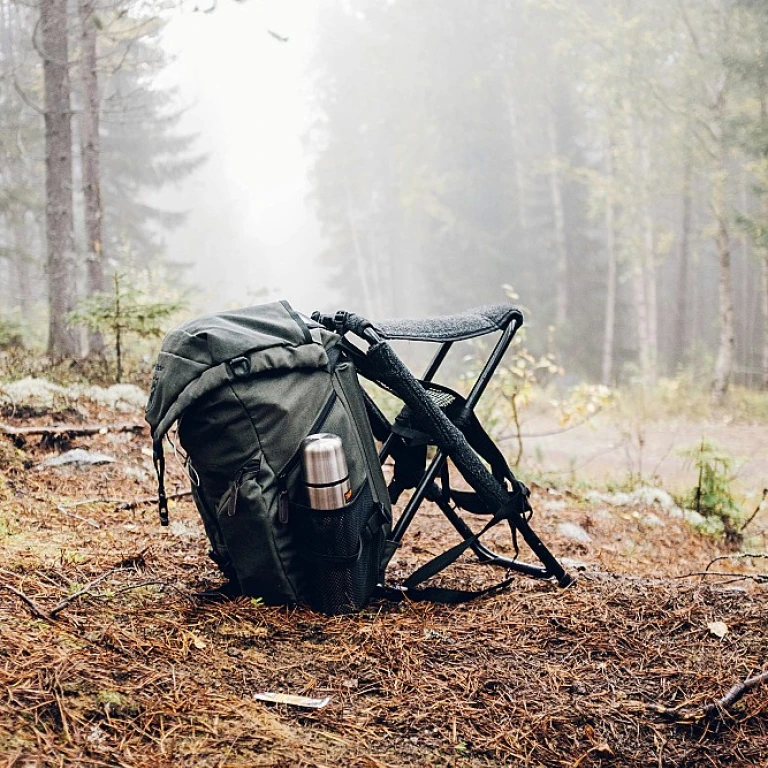
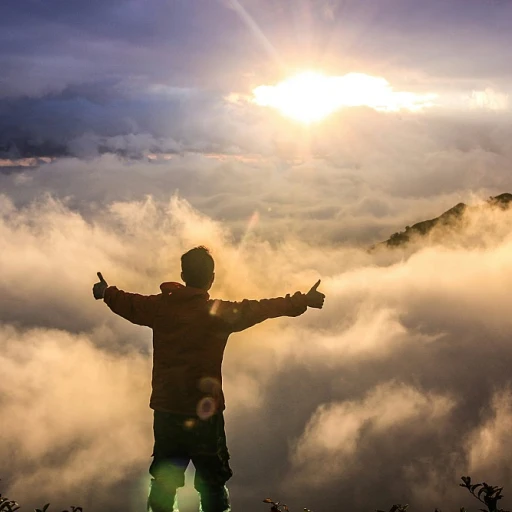
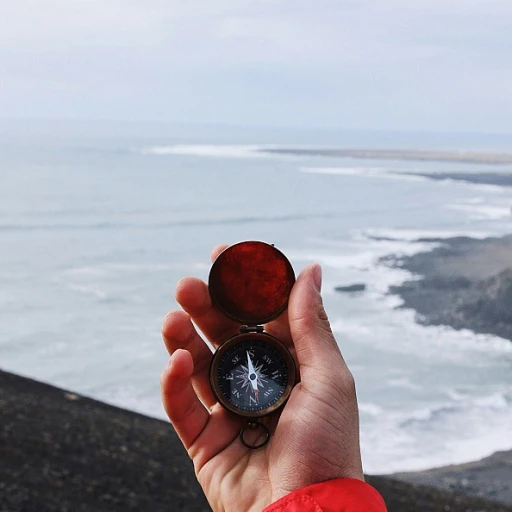
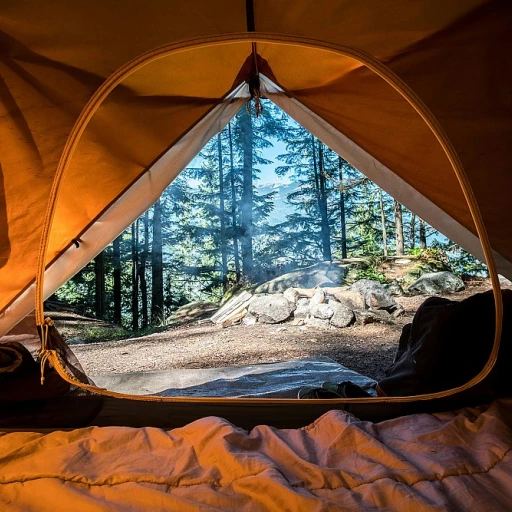

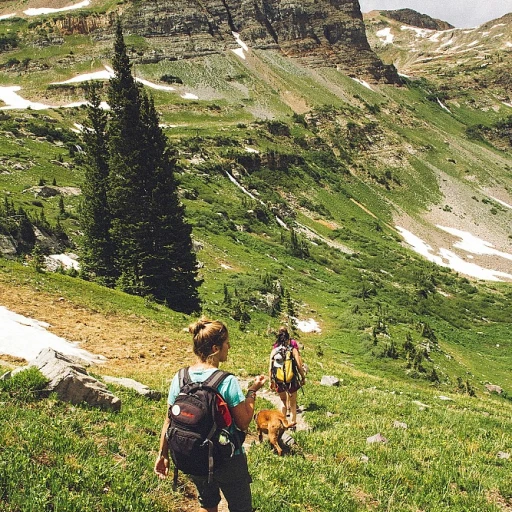
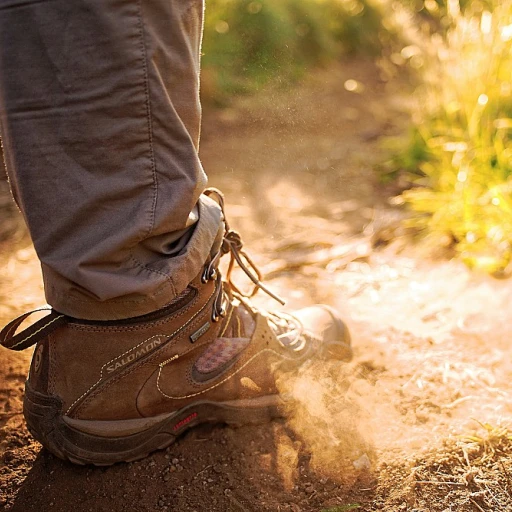
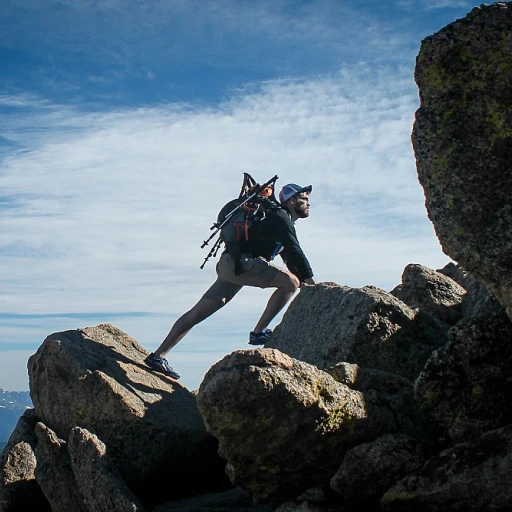
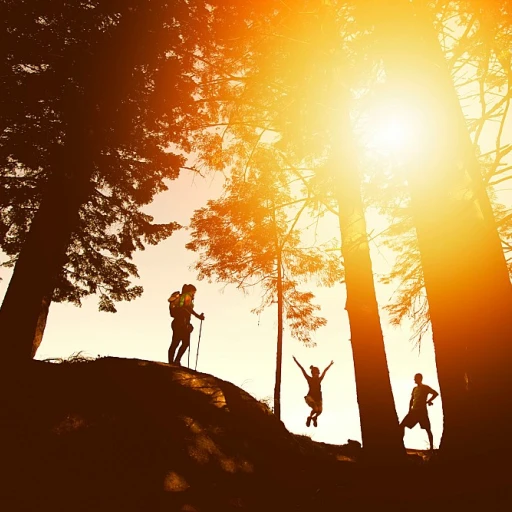
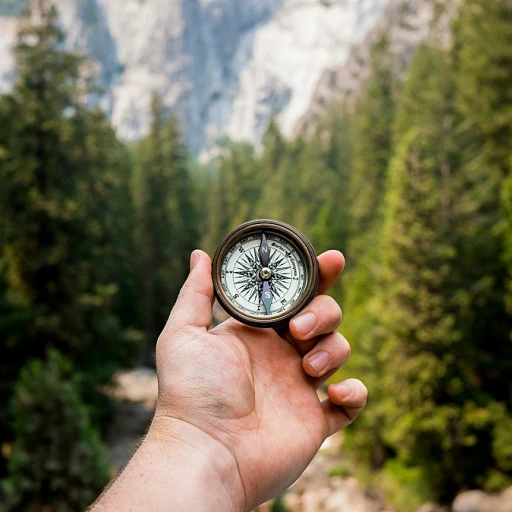
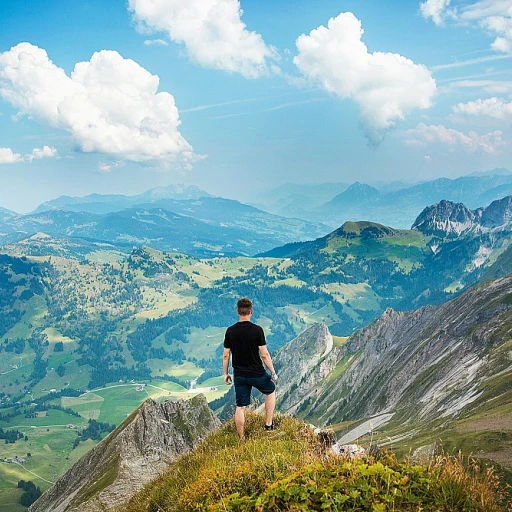
-large-teaser.webp)
